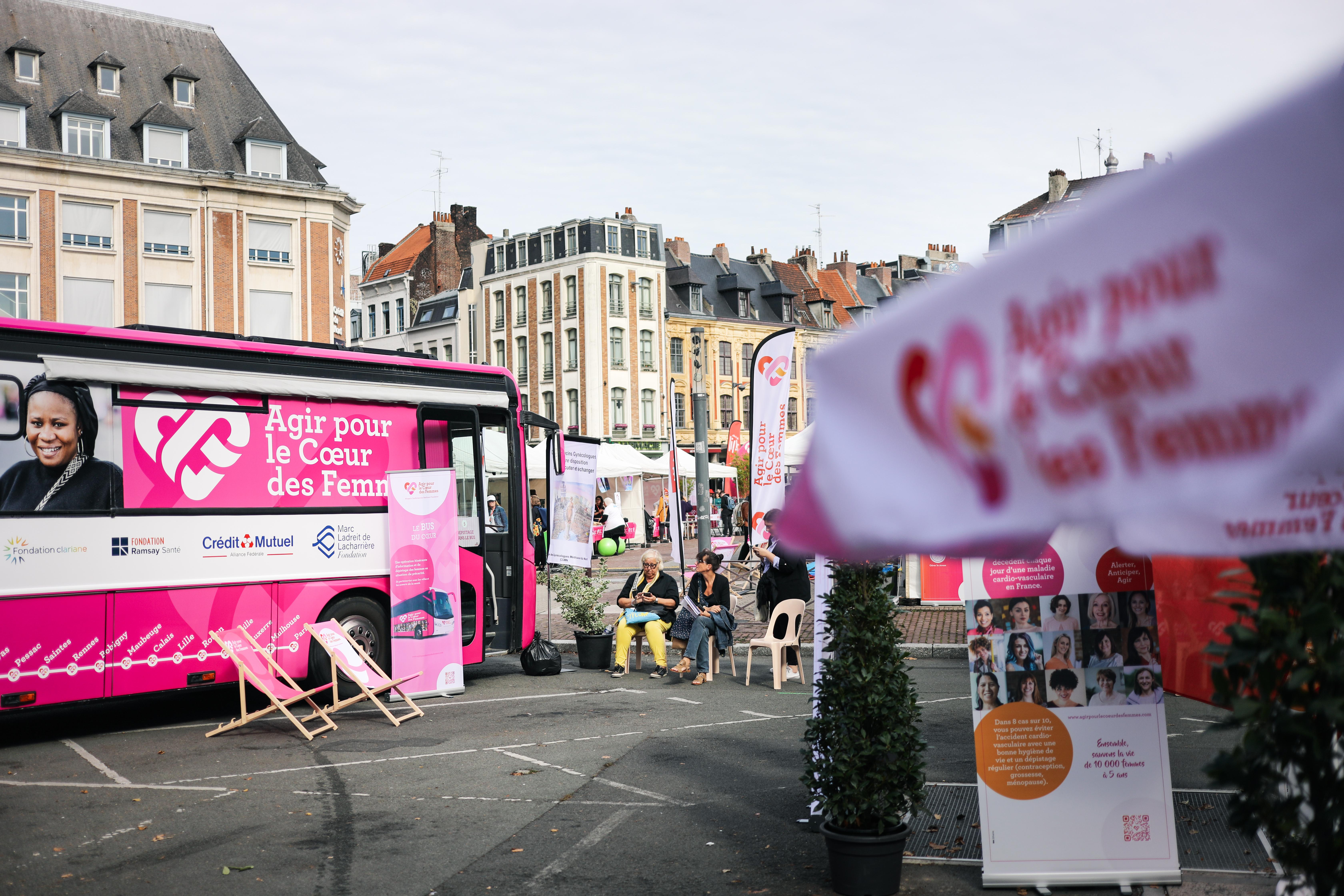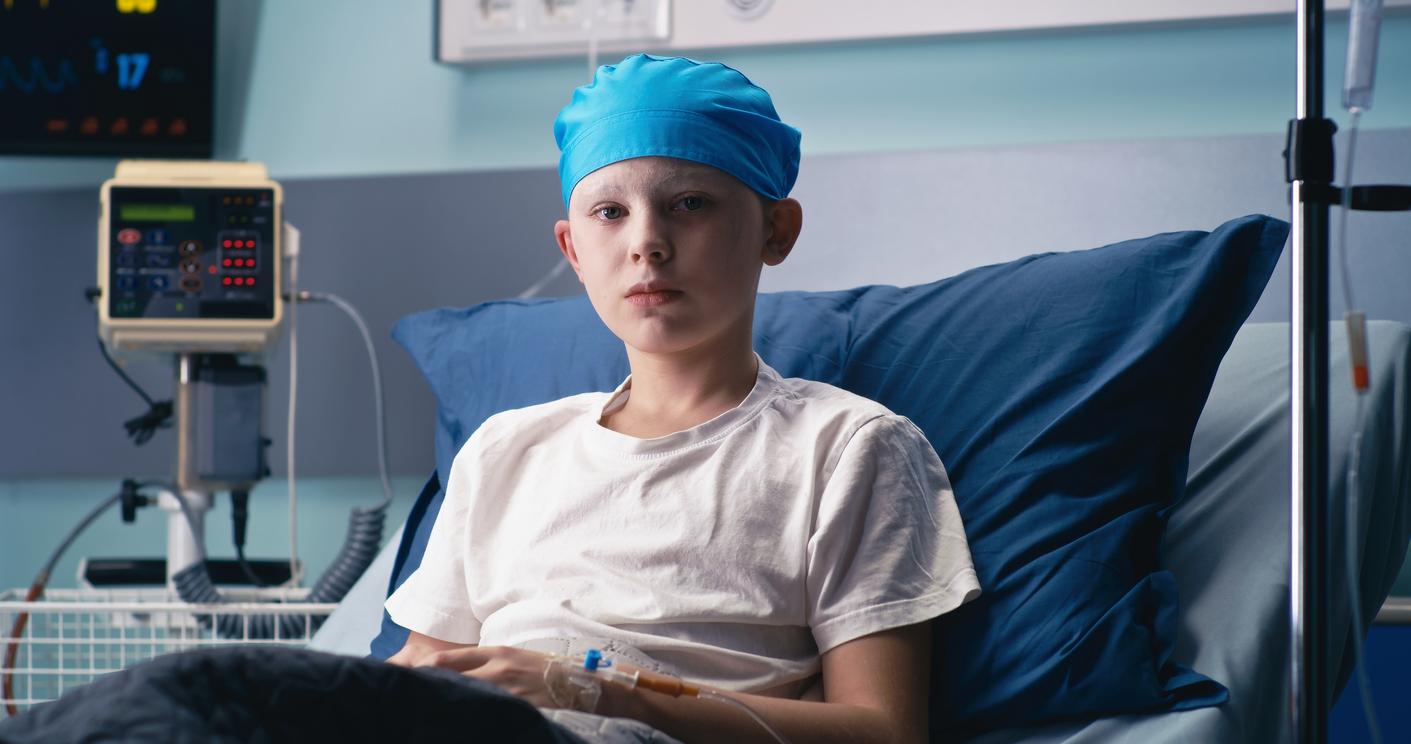The Lyon-based start-up Sibius has created a tablet application capable of helping to detect autism early and inexpensively. She hopes to be able to market her product in 2022.

Worldwide, approximately one in every hundred births is affected by Autism Spectrum Disorder (ASD). This developmental disorder is manifested by disturbances in the areas of reciprocal social interactions, communication and by behaviors, interests and activities, of a restricted and repetitive nature. If the diagnosis is possible from 18 months, it is currently quite complicated. Indeed, it relies on unstable behavioral symptoms in a baby such as atypical facial expressions or inappropriate social interactions. This is why the Lyon-based start-up Sibius has created a tablet application capable of helping to detect autism early and inexpensively. She hopes to be able to market her product in 2022.
“Currently, there is no objective and simple marker to measure neuro-cognitive functioning in current medical practice, as a thermometer can do for fever, the blood pressure monitor for hypertension”, explains the company. From the moment the parents begin to have doubts, a “long period of wandering and uncertainty” passes. In Europe, it takes four years on average before the diagnosis is made, explains Guillaume Bezie, founder of Sibius.
The application was produced thanks to the work of the Marc Jeannerod Institute of Cognitive Sciences (Lyon 1 University/CNRS). The results of this research were published on November 26 in the journal Nature. The young patient is presented with a blurry image on a tablet that becomes sharp when you run your finger over it. The latter then reproduces the path corresponding to that which the little one does naturally with the eyes. These movements are captured by the tablet and analyzed by Sibius’ artificial intelligence software. If the child has ASD, they will avoid faces to focus on other elements of the photo, the company explains.
An application charged from 20 to 30 euros per doctor
Currently, Sibius is still looking for 1.7 million euros to develop its product. On the strength of its status as a “deeptech” company (technology resulting directly from fundamental research), it hopes to raise part of its funds from Bpifrance.
Once marketed, the application will be used by doctors, especially speech therapists, and should be invoiced from 20 to 30 euros per examination, specifies Mr. Bezie. Eventually, Sibius would like to combine this method with other software to detect other neurological disorders such as Alzheimer’s disease, concussions or even DYS disorders (dyslexia, dysorthography, dyspraxia and dyscalculia).
“With Sibius, our team’s ambition is to develop a digital biomarker of cognitive functioning that can be widely distributed around the world. We strongly believe in the benefits of digital technology and AI for medicine”, explains Guillaume Bezie. on the home page of the company’s website.
Soon a blood test for early detection of autism?
The early diagnosis of autism is a real public health issue and many studies are regularly conducted on the subject. A few months ago, American researchers had the idea of examining the white blood cells in the blood samples of 226 boys aged 1 to 4, with and without a diagnosis of ASD. They were thus able to analyze the expression data of unusually active or, on the contrary, extinct genes. In doing so, they managed to identify a new gene network linked to fetal development.
“The study shows that, through gene expression analyzes from ordinary blood samples, it is possible to study aspects of the fetal molecular origins of ASDs, uncover the functional impact of hundreds of genes from risk of ASD discovered over the years and to develop clinical tests for diagnosis and prognosis of severity”, welcomed the researchers who hope to soon be able to diagnose ASD through a simple blood test.
Previously, other American researchers had also published a study aimed at facilitating the early diagnosis of autism. They thus succeeded in identifying a neurological marker of the disease, non-verbal and objective, showing that the patients were slower to pass from one image to another.

.

















